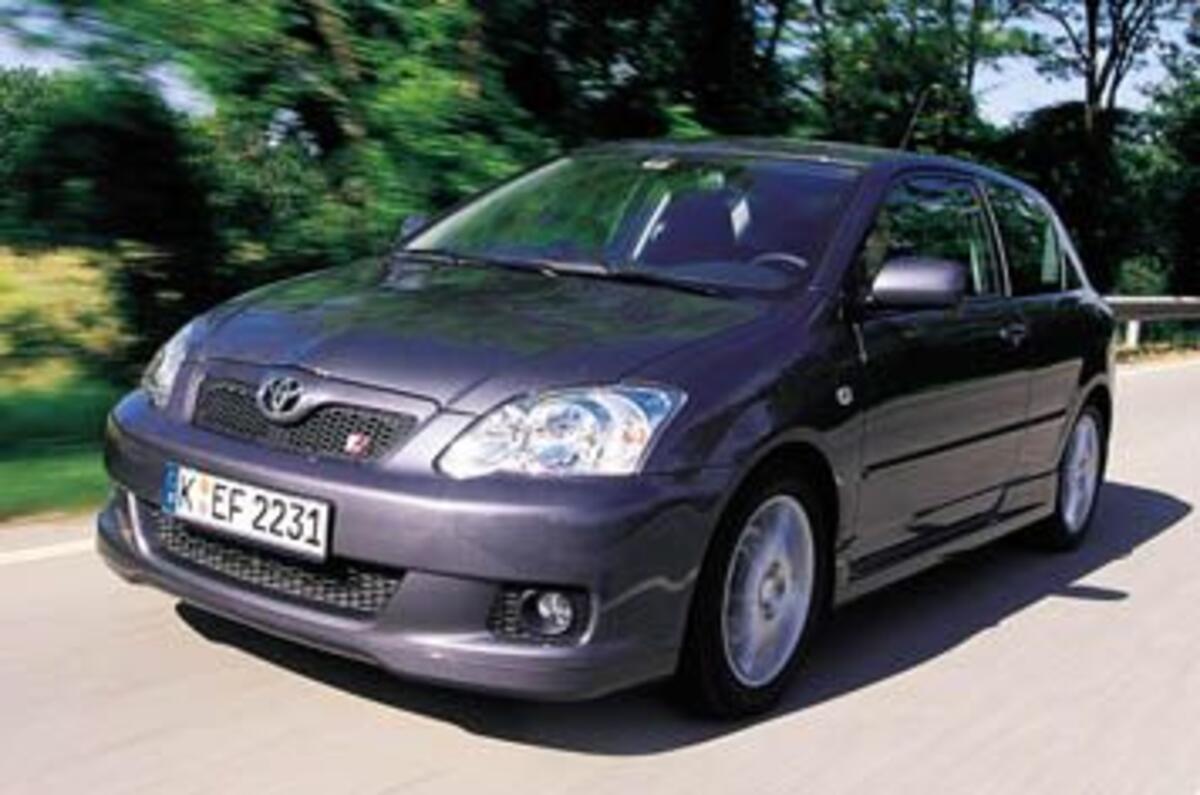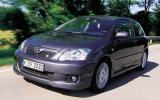Cast your mind back to an exciting Toyota Corolla. With the possible exception of the decidedly rear-drive AE86 (the fastback version of which was the original starter car in Gran Turismo), it’s likely to prove almost impossible.
The Corolla has always been more about undiluted sensibleness than any form of emotional attachment – not a situation set to change with the launch of another new iteration. Or, more precisely, a mild revision of the current ninth-generation car.
Corolla is already, statistically, the most successful car the world has yet seen. The running total of cars wearing the Corolla and (effectively interchangeable) Corona badge has reached almost 29 million since 1966, with 1.2 million being added every year. Three have been sold since you started reading this story.
Toyota is on a corporate roll, too, making vast piles of money as other manufacturers sob into their red balance sheets. You’d be hard pressed to argue that the Corolla is not already exactly the car it needs to be. Okay, it’s not on a par with the Golf for brand kudos, or the Focus for B-road appeal. But as an ownership proposition, especially for private buyers, it’s pretty near spot on. In Blighty it appeals strongly to more mature types, with a healthy 26,000 units moved last year.
All of which goes some way to explaining the distinctly non-radical nature of the alterations that the Corolla has just undergone. Boats are not being rocked, horses are not being startled. Styling has been subtly tweaked, equipment levels tinkered with and a new diesel engine introduced.
The Corolla’s face has been lifted by a larger Toyota badge taking up a bigger chunk of the grille. This has necessitated a bit of a nose-job, with the bonnet reformed with a corresponding hump. Headlights are bigger and supposedly brighter, and in the manner of every facelift since the 1887 model year Daimler there are new bumpers. The range-topping T Sport model now comes with some more aggressive bodywork addenda, as does the newly sportified T3 spec level.
Under the moderately modified metalwork, the T Sport has also been respannered in response to criticism of the mismatch between the original’s hardcore engine and soft-core chassis. The motor remains as before – 1.8 litres with variable valve-timing that kicks in at 6200rpm, revving out at a buzzy 8200rpm red line.
But the chassis has been revised, with 20mm chopped from the ride height, and firmer dampers all round. There’s even a strut brace lurking under the bonnet, and the steering has been sharpened, with 3.2 turns lock-to-lock instead of 3.5.
But within a couple of corners it’s clear that the Corolla is still a way off rivals like the Honda Civic Type-R or Renaultsport Mégane 225 in terms of chassis response. There’s a surprising amount of roll in corners and the steering, although accurate, can’t get much information past the electric power assistance. And the infuriating gaps between the ratios of the six-speed ’box that affected the first car remain.
In second, you have to change up within just 50rpm of the red line to drop back inside the cam in third, and at anything below 4000rpm the engine languishes in a torque-free hinterland where even superminis have a fair chance of outdragging you.




















Add your comment